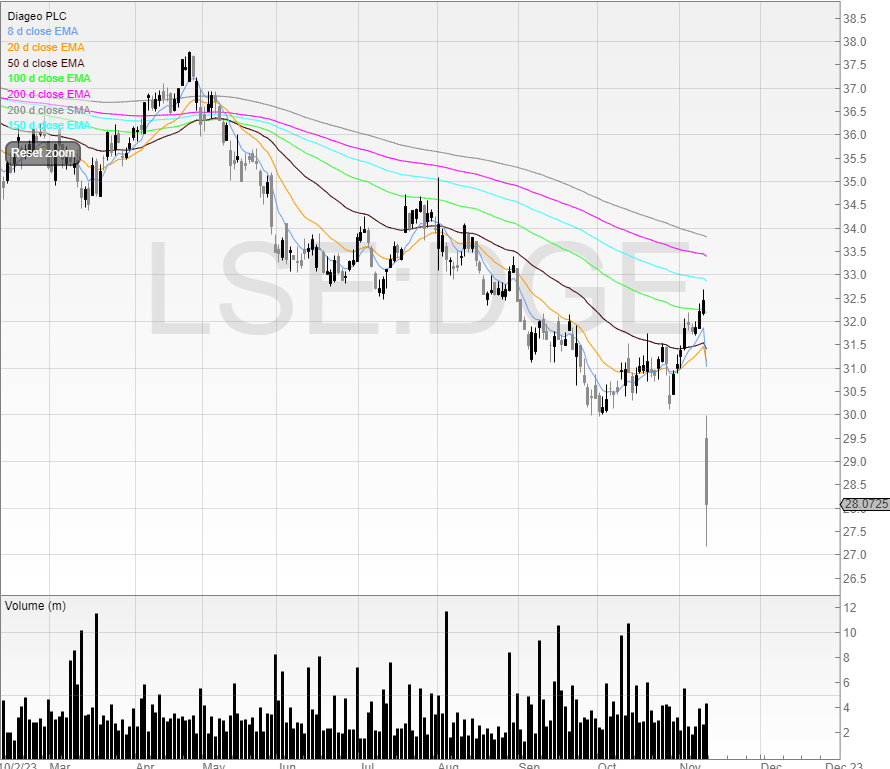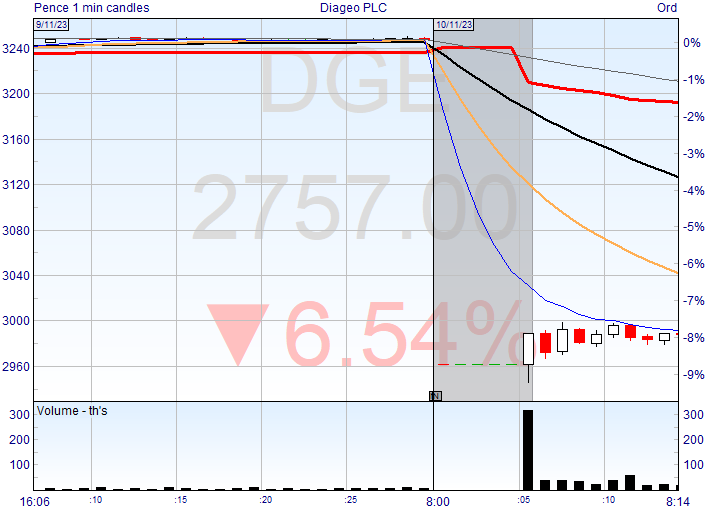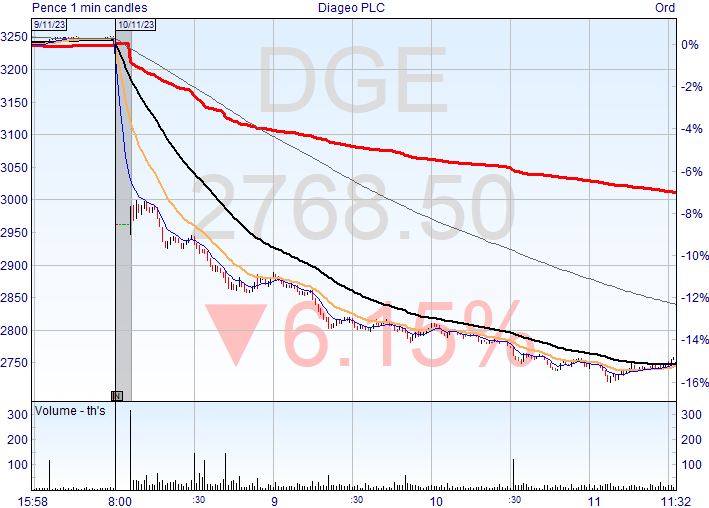Michael looks at staggering stops and position weights to increase the likelihood of profit on the trade.
Many regular readers will know I’m a fan of staggering stops in volatile markets.
The beauty of staggering stops is that by splitting the position into mini positions, you can widen part of your stop without taking on extra risk.
It does mean that you risk getting stopped out on an earlier part of the position, but should the position see more volatility then you give breathing space for another part of the position.
If this doesn’t make sense – don’t worry. Here’s an example.
Let’s say I’ve taken a £9,000 position in Superprime Technology.
My R, or risk, is £900. That means in this position I’m going to have a 10% stop loss.
Now, by keeping the position as one position I have one one-stop loss set at 10%.
Or I can stagger the stops and split the position into three mini-positions so it looks like this.
Mini position 1: £3,000 with 8% stop loss = £240
Mini position 2: £3,000 with 10% stop loss = £300
Mini position 3: £3,000 with 12% stop loss = £360
The end result? A £9,000 position with three varying stop losses, but all totalling my 1R of £900.
So let’s say the stock draws down 11% – this would result in two-thirds of the position being knocked out yet I’d still be in the position with one-third.
By giving up the first third easier I can afford to widen the stop on the latter third.
I do this on stocks that are highly volatile and it’s a good technique to try to increase the likelihood of racking up a profit in whipsaw markets.
I use a similar technique to stagger entries when trading intraday.
For example, Diageo warned on profits this morning and I used staggering the entries to trade this.
Here’s the warning.

And here’s the chart.

It was an attractive short because the stock had rallied several sessions prior to the update. That means that the update was a surprise because if everyone had expected it, then the price would’ve sold off in the sessions before.
How often have you seen a profit warning follow several weeks of downtrending price action? Exactly.
A surprise profit warning is the type of profit warning I like to short.
But Diageo is also a £61 billion market cap company. And whilst the warning is a surprise, the pricing of this stock is likely to be reasonably efficient.
Though even then, bad news is bad news, and it may take some time to filter through. That was my thesis.
To play this, I didn’t want to load up my whole position in one go, because if there was a rally at the start then I could easily get stopped out before the move.
The key here is to trade in weights.
I put half of my position in the uncrossing trade. This means that if the position does go my way from the start, I’ll have exposure to the stock, but not my full amount.
In return, if the position goes against me, I have the capacity to add to that position in the hope that it may swing around and turn into profit.
As we can see, that’s what happened.

I was filled at 2,950p and the stock rallied all the way close to 3,000p, where I added my second weight.
3,000p was a big round number, and if the stock broke this and rallied I’d be closing my position.
Luckily for me, it didn’t.

The stock turned around and started to fall, allowing me to lock in profit by taking half the position off and adding a trailing stop to the final half.
Using position weights is a great way to trade in and out of positions, and instead of paying commission on every trade you can use IG’s L2 Dealer in order to add Parent & Wave orders.
These are single commission orders that let you add ‘waves’, which are individual trades that belong to the ‘parent’.
For example, if I wanted to buy 1,000 shares of Diageo, I would set a target for 1,000, then add however many shares I want to buy. In this instance let’s say 200. The 200 shares would be part of the 1,000 wave, and I can then add further waves that are different sizes and prices that don’t cost me extra commission.
To only pay two sets of commissions for buying and selling, simply set two Parent & Wave orders.
You can do this on SETS stocks, and you can stagger your stops and entries whenever you’re uncertain and don’t want to be stopped out too quickly.
Trade Smash (my free trading journal) also calculates your Average Open Price and Average Close Price – so you can see instantly your P&L once the trade is added.
Michael Taylor
Get detailed analytics on all of your trades with Michael’s trading journal available free here: www.tradesmash.com
Twitter: @shiftingshares
Got some thoughts on this week’s article from Michael? Share these in the SharePad chat. Login to SharePad – click on the chat icon in the top right – select or search for a specific share or the “Traders chat”

This article is for educational purposes only. It is not a recommendation to buy or sell shares or other investments. Do your own research before buying or selling any investment or seek professional financial advice.



